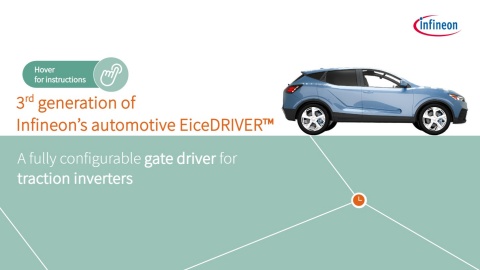Battery Disconnection
Overview
Prevent damage and failures by detection and disconnection for safe parking, charging and discharging
To prevent thermal runaway and damage of batteries or charging devices, the battery protection units (BPU) offer:
- Fast and accurate disconnection of the battery from the charger when triggered by failure events
- Safe disconnection of the battery when the vehicle is off
- Monitor the state of the disconnection
The failure events include:
- Over charge & undercharge: When the battery is charged over or under its thresholds.
- Over & under temperature: The rise of ambient temperature and high current rates during charging or discharging might cause the internal temperature of the cells exceed their safe operational temperature ranges. The abused cells will generate toxic and flammable gas and become a self-sustaining thermal runaway event due to the heat, which will eventually lead to explosion.
- Over-current: When the battery is exposed to a short circuit condition or a high inrush turn-on current due to collision or defective or aging components.
- Reverse polarity: When the battery terminals are wrongly plugged into the device.
Products
- ASIL C compliance
- Same constructed space as melting fuse, flexible system integration
- Cost optimized system solution
- Selective, arcing free switch-off in case of failure
400V battery systems: CoolMOSTM
800V battery systems: CoolSiCTM
Well-suited for both silicon and wide-bandgap power devices: EiceDRIVERTM
- High efficiency
- Wide range of typical output current
- Robust gate drive protection features
- Support up to 24V
- PWM output up to 20kHz for reducing relay driving noise
- Integrated protection and diagnostics features
High side driving and controlling: PROFETTM
Low side driving and controlling: HITFETTM
Training

- The training covers detailed information about Infineon's 3rd generation automotive EiceDRIVER™ 1EDI305xAS
- Participants will learn how these products help to reduce switching losses and improve thermal efficiency, resulting in longer range for hybrid and electric vehicles
- What is a gate driver?
- Why use a gate driver?
- How to use a gate driver?
- Get an overview of the main feature set of this 48-volt capable EiceDRIVER™.
- Understand its different integrated protection mechanisms.
- Know how a typical battery protection switch works and the importance of MOSFET avalanche robustness
- Identify the best-in-class Infineon offerings of demo boards, MOSFETs and gate drivers
- Get an overview of the main features of this flexible EiceDRIVER™ device
- Understand its different integrated protection mechanisms
Support




